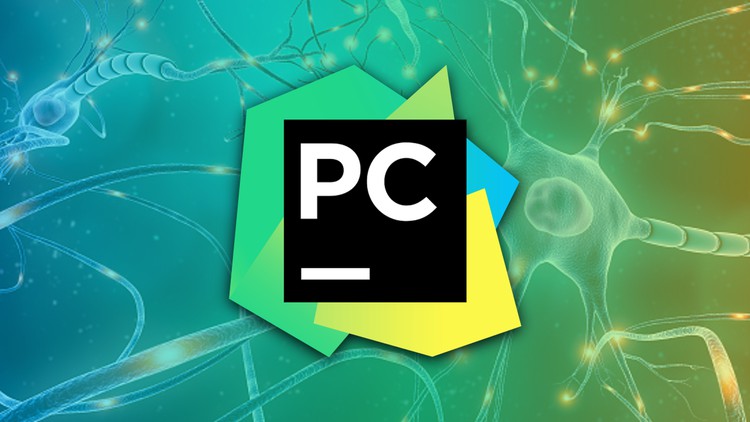
Optimize Your Python Programming by Learning PyCharm IDE
What you will learn
Customize PyCharm Theme and Editor
Optimize KeyMat and learn to use PyCharm Short Cuts
Installing and Managing Python Packages with PyCharm
Master Code Inspection and learn Hippie, Basic and Smart Code Completion
Code Refactoring and Renaming
Converting and Exporting Functions
Building PyCharm Documentation
Git Version Control Built-In PyCharm
Unit testing, Debugging and Logging with PyCharm
Front-End support in PyCharm: HTML, CSS, JavaScript
Integrate External Frameworks and Build Django Web Applications
Description
PyCharm is the industry standard among all python developers. Any beginner or expert user of the Python programming language looking to improve their productivity via one of the best IDEs for Python can greatly benefit from the PyCharm Productivity and Debugging Techniques Course. PyCharm provides smart code completion, code inspections, on-the-fly error highlighting and quick-fixes, along with automated code refactoring and rich navigation capabilities. This course will ensure that you master each and every of those capabilities.
The course covers the following sections:
Section 1: Introduction and helpful notes to the course
Section 2: Customizing Interpreters and Virtual Environments, discusses the process of managing and customizing your PyCharm workspace. This includes how to arrange a project window as well as choosing Python interpreters and virtual environments.
Section 3: Editing and Formatting with Ease in PyCharm, offers a detailed view of how PyCharm supports the process of developing Python applications. Specifically, we will look at the features in PyCharm that facilitate important tasks such as code inspection, code completion, refactoring, and documentation.
Section 4: Version Control with Git in PyCharm, includes a theoretical discussion about what version control is and why it is important. A hands-on tutorial on how to facilitate version control with Git in PyCharm is subsequently included, covering concepts such as adding, committing, pushing, branching, and merging.
Section 5: Seamless Testing, Debugging, and Profiling, focuses on the use of PyCharm to streamline important, yet often overlooked, processes in programming such as testing, debugging, and profiling. You will gain a theoretical understanding of what these processes are as well as hands-on knowledge of the features in PyCharm that support them.
Section 6: Web Development with JavaScript, HTML, and CSS, starts our discussion on PyCharm in the context of web applications. Here, we are concerned with the general idea “behind the web development trio languages: JavaScript, HTML, and CSS. We will explore how these languages are supported in a PyCharm environment.
Section 7: Integrating Django in PyCharm, introduces Django, the premier web development framework in Python. This chapter discusses what the Django framework is intended to do while also explaining a number of its most important features in the context of a web application.
Content